Questions over Sydney sprawl as Australia cleans up after floods
Experts say city’s expansion has put more people at risk because homes are being built on flood-prone land.
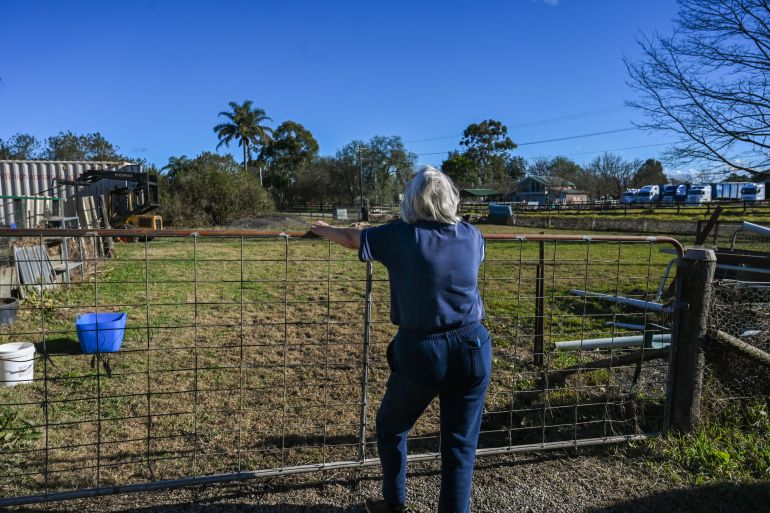
Sydney, Australia – Nena is again cleaning and repairing her house on Sydney’s western fringe after the fourth flood in just two years.
The water came from the creek that runs around her property and rose quickly.
Keep reading
list of 4 itemsPhotos: Heavy rains and floods as thousands flee homes in Sydney
‘Devastating’: Thousands more told to evacuate from Sydney floods
‘Life-threatening’ floods force evacuations in Sydney, Australia
“It sort of caught everybody by surprise,” said Nena, who preferred not to share her family name. “It was fast coming up.”
Australia’s biggest city is cleaning up after it was hit with a month’s worth of rain in five days early in July.
Coming on top of the wettest-ever start to the year, which had left the ground saturated and dams at or near capacity, the rain caused extensive floods and left some parts of the city under more than a metre (3ft) of brown, swirling water.
Many Sydney residents had also only just finished cleaning up following the previous deluge four months ago.
Now, more than 2,000 properties have been assessed for damage, with 239 found to be uninhabitable and 973 needing repairs.
Experts say the situation will only get worse as more developments are built.
“If we continue to build in highly flood-prone areas … it will get worse, because we’ve got more homes at risk of flooding, and it’ll also get worse because we’re going to have more impervious surfaces so [we will] get more flash flooding and stormwater-related flooding [as water runoff flows into creeks and rivers],” said Andrew Gissing, a risk and resilience expert at consultancy Risk Frontiers.
“It will also get worse because we’ll have sea level rise, which will increase the level of water at the bottom ends of rivers, so … it will already be high at the bottom end. And then with a warmer climate, we can expect the atmosphere [to] hold more water. So therefore, we’d expect heavier rain when it does occur.”
‘All of this was underwater’
In Shanes Park, where Nena lives, the water gushed into her home and swept away her belongings.
Her horse panicked and ran into the deluge, she said, and they had to call her back.
The ducks that normally swim in the creek behind her house were drifting about in her front yard.
“We were standing on the veranda, watching the water go past,” she said, gesturing to the land around her house. “All of this was underwater.”
Zyrub Ismail, who lives not too far away in the Sydney suburb of Cartwright with his wife and two children, said that he packed his family into his 4-wheel-drive when the flood waters began to rise.
“I think it’s more safety … because sometimes it’s very hard to leave the house [in a flood],” he said.
The water in his neighbourhood was flowing quickly and deeper than before – reaching above his knees.
“It was scary, you don’t know what’s going to happen, and … in the street you can’t see nothing … just water,” he said.
Luckily, the water in Zyrub’s area receded quickly, allowing him and his family to return to their house, only to realise their possessions had already been ruined.
“My daughter’s car, [it’s an] electric car, it got flooded completely with water and they can’t start [it], can’t do nothing,” he said.
The flat outside his house, which he uses as an office, was totally destroyed — rain had poured in through the roof at the same time as the flood waters rose.
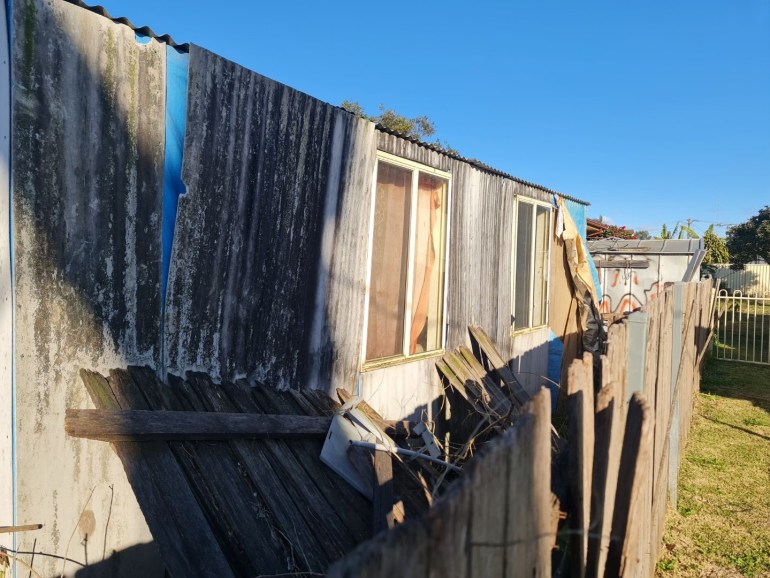
But Zyrub says he will not know the true extent of the damage for a few weeks, when mould starts to grow and things start to fall apart, which is what happened after the last flood.
“The water … damaged the floor … damaged the walls … the black stuff [was] coming on the wall … all the mould started coming, and the smell,” he said.
He had only started repairing his home when the waters rose again.
“You don’t know what’s going to happen … next,” he said. “Every time [the floods are] going worse and worse.”
Risky development
Many experts blame Sydney’s growing sprawl for the increasing floods.
Jamie Pittock, a professor in the Fenner School of Environment and Society at the Australian National University, says state governments should have prevented construction in flood-prone areas.
“New South Wales governments have known since 1817 that this was a highly dangerous flood-prone place, yet have allowed further development in harm’s way,” he said.
The city’s newly-created suburbs have been creeping ever closer to the Blue Mountains in recent years.
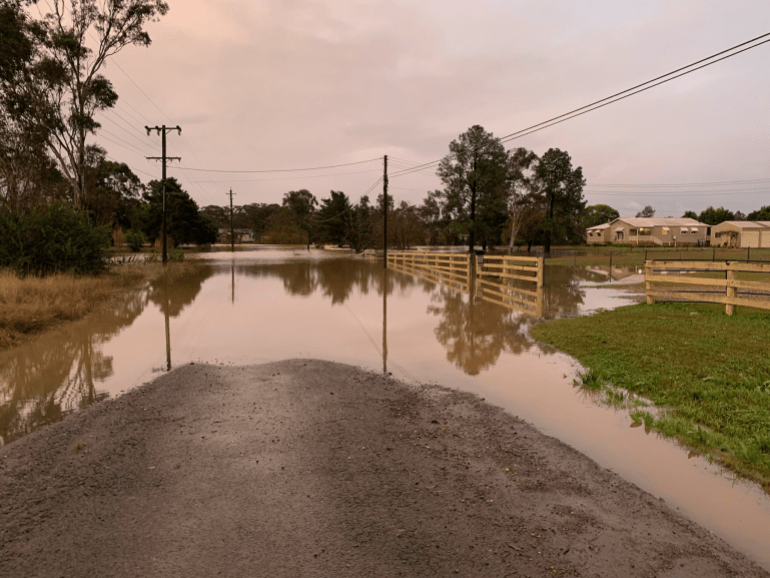
By 2041, some 12,000 new homes are expected to be built on land at risk of flooding, the New South Wales (NSW) Department of Planning and Environment has said.
“This area … on the western edge of Sydney at the foot of the Blue Mountains, as the urban area expands into this catchment, as more of the catchment is paved, more of the rainfall runs off more quickly exacerbating flood peaks,” Pittock said.
A spokesperson for the planning department told Al Jazeera that the state had a “clear policy framework to make sure the risk of flooding is fully considered before new developments, including rezonings and development applications for land already zoned, can be approved”.
They added that the agency would be guided by the recommendations of the Independent Inquiry into Flooding that was set up after the first deluge in March.
Another issue is climate change.
“It’s not possible to quantify the precise proportion that this flood is worse due to climate change, but all the climate change modelling tells us that climate change will make these sorts of flood events more intense, bigger, more frequent,” Pittock said. “That’s because hotter air holds more moisture … What goes up, eventually comes down,”
Pittock says development in the floodplain needs to stop, people in harm’s way relocated and flood evacuation roads improved.
Gissing says developers need to be encouraged to build in areas that are not at risk of flooding and suggests councils adopt a “substitution test” requiring builders to consider other tracts of land first.
“You’re essentially making sure that you’re exhausting all your … flood-free land before you’re enabling development in other areas,” he said.
The NSW state government has also been urged to consider increasing the height of the Warragamba Dam upstream from the Hawkesbury-Nepean Valley so that it can hold more of the potential flood water.
But Pittock is opposed to the plan, noting the dam will only control about 60 percent of the flood water because much of it comes from rivers below the dam.
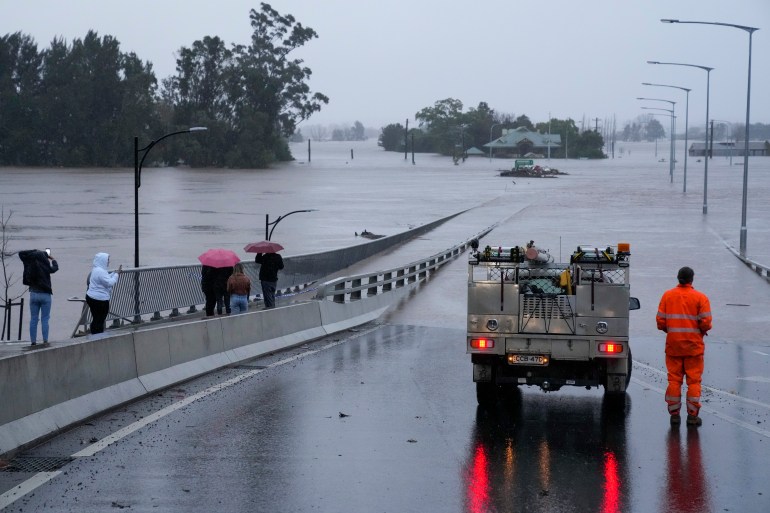
The proposal would also destroy some of the Blue Mountains National Park World Heritage Area and hundreds of Aboriginal cultural sites, while Pittock worries it may actually encourage more development downstream.
“Around the world in academic circles, this is known as the ‘levy paradox’, that when a levee bank or a flood control dam is built, developers go and persuade governments that it’s now safe for them to develop on the floodplain,” he said.
Gissing believes that mitigation instead has to be a “shared partnership” where communities are aware of the risks they face, and governments invest in floodplain management and reducing the danger to residents.
No place like home
Australia’s federal government has so far focused on more immediate relief – pledging 1,000 Australian dollars ($690) per adult to each household and 400 Australian dollars ($276) for each child.
“I do appreciate the cash grants,” Nena said. “I can go out and I can buy doors, and I can … replace furniture and … anything that went underwater.”
But there is also some confusion since grants were also given out after the previous flood.
“I don’t know whether you can get another one … because it was supposed to be once only,” she said.
Then there is the issue of insurance — when the latest floods came through, Nena was not insured. Her insurance company wanted an extra 28,000 Australian dollars ($19,268), which was simply too expensive.
Zyrub was not insured either.
He says he will be repairing his home himself, “bit by bit” and is hopeful of more financial assistance from the government.
Nena would also like to see a “register for flood relief help” to ensure residents are aware of the more reliable tradespeople to call on for repairs.
“Quite often you’ll need electricians or you’ll need [something else], and you get all the [bad ones] coming out,” she said.
“They’re preying on the vulnerable. The last flood, I got an electrician out to fix my hot water service. Yeah, well, that cost me 1,500 bucks ($1,032) and it didn’t fix it.”
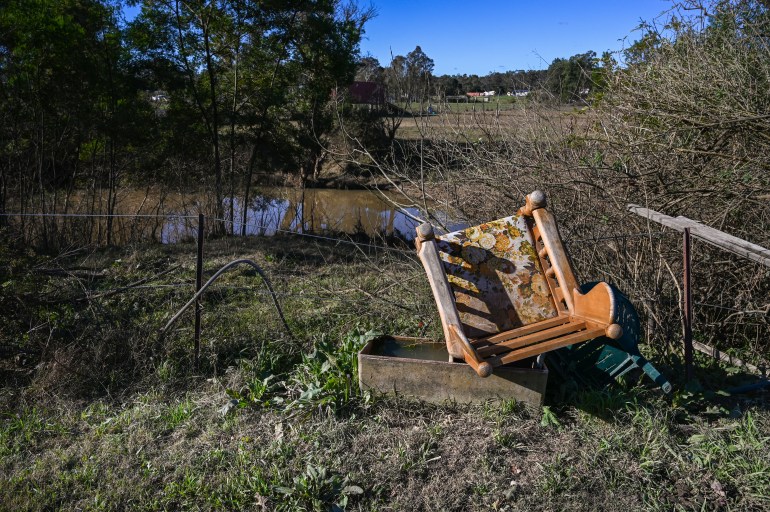
Despite the dangers, Nena has no urge to move.
“We wake up and there’s birds singing and [we have] horses and you know you can have sheep if you wanted to,” she explained, gesturing to the paddocks around her house.
“All of that is our property. When it’s not brown and dead and it’s nice and green and everything else, it’s a very awesome place to live. That’s what you’ve … got to remember.”
“This is your place. This is your home, and it’s still there,” she said.